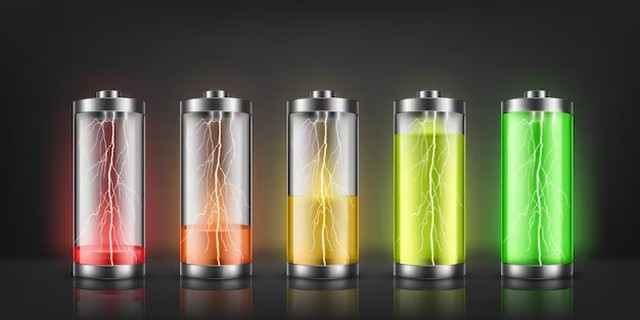Mobile battery energy storage
With the transformation of global energy structure and the rapid development of renewable energy, mobile battery energy storage has been gradually emphasized. Mobile energy storage system, as an emerging energy storage technology, has a high degree of flexibility and mobility, and can meet the energy needs of a variety of scenarios. We will introduce the principle, characteristics and application of mobile energy storage system in detail through this paper.

Contents
First,Overview of mobile energy storage system
Mobile energy storage battery is a kind of energy storage and release device when needed, its center components include battery pack, energy conversion device and control system. Compared with the traditional fixed energy storage system, mobile energy storage system has higher flexibility and mobility, according to the actual demand for rapid deployment and adjustment.
Second, the principle of mobile energy storage system
1. Energy storage principle
Mobile energy storage system mainly uses battery pack as the energy storage medium, through the chemical reaction will be converted into chemical energy for storage. Currently commonly used battery types include lithium-ion batteries, lead-acid batteries and liquid current batteries. Among them, lithium-ion batteries have the advantages of high energy density, low self-discharge rate and long cycle life, and have gradually become the battery of choice for mobile energy storage systems.
2. Energy conversion principle
Mobile energy storage system in the charging process, through the energy conversion device will be provided by the external power supply of electrical energy converted to DC energy suitable for battery charging. When discharging, the stored chemical energy is converted to DC energy, and then converted to AC energy for load use through inverters and other devices. During the energy conversion process, the control system realizes the charging and discharging management, protection and energy scheduling of the battery pack.
3. Control system principle
The control system is the “brain” of the mobile energy storage system, responsible for monitoring the state of the battery pack, managing the charging and discharging process, ensuring the safe operation of the system and optimizing the use of energy. The control system evaluates the state of the battery pack in real time by collecting the voltage, current, temperature and other parameters of the battery pack, and develops a reasonable charging and discharging strategy according to the load demand and the state of the battery pack. At the same time, the control system also has the ability to diagnose and deal with faults to ensure the safe operation of the system under abnormal conditions.
Third, mobile energy storage system features
1. high flexibility: mobile energy storage system can be quickly deployed and adjusted according to different scenarios and needs, providing convenient energy solutions for temporary activities, emergency rescue and other scenarios. 2. mobility: mobile energy storage system can be quickly deployed and adjusted according to different scenarios and needs.
2. mobility: the system adopts modular design, easy to transport and install, and can meet the energy needs of different geographical locations.
3. Environmental protection and energy saving: the mobile energy storage system supports access to renewable energy sources, such as solar energy, wind energy, etc., to reduce dependence on traditional energy sources and reduce environmental pollution.
4. Intelligent management: the control system is equipped with intelligent management functions, which can realize remote monitoring and automated operation and improve the operation efficiency and safety of the system.
Application fields
1. emergency rescue: in natural disasters and other emergencies, mobile energy storage system can provide temporary power supply for the disaster area to ensure the smooth progress of rescue work.
2. outdoor activities: to provide sustainable and environmentally friendly energy support for outdoor activities such as camping and music festivals. 3. power peaking: the mobile energy storage system can provide temporary power supply for disaster areas to ensure the smooth progress of rescue work.
3. Peak power: In the power system, mobile energy storage system can be used as a means of peaking, balancing the load fluctuations of the power grid, and improving the stability of the power grid.
4. Power supply in remote areas: provide stable and reliable power supply for remote areas or off-grid areas to meet the basic needs of local residents.



